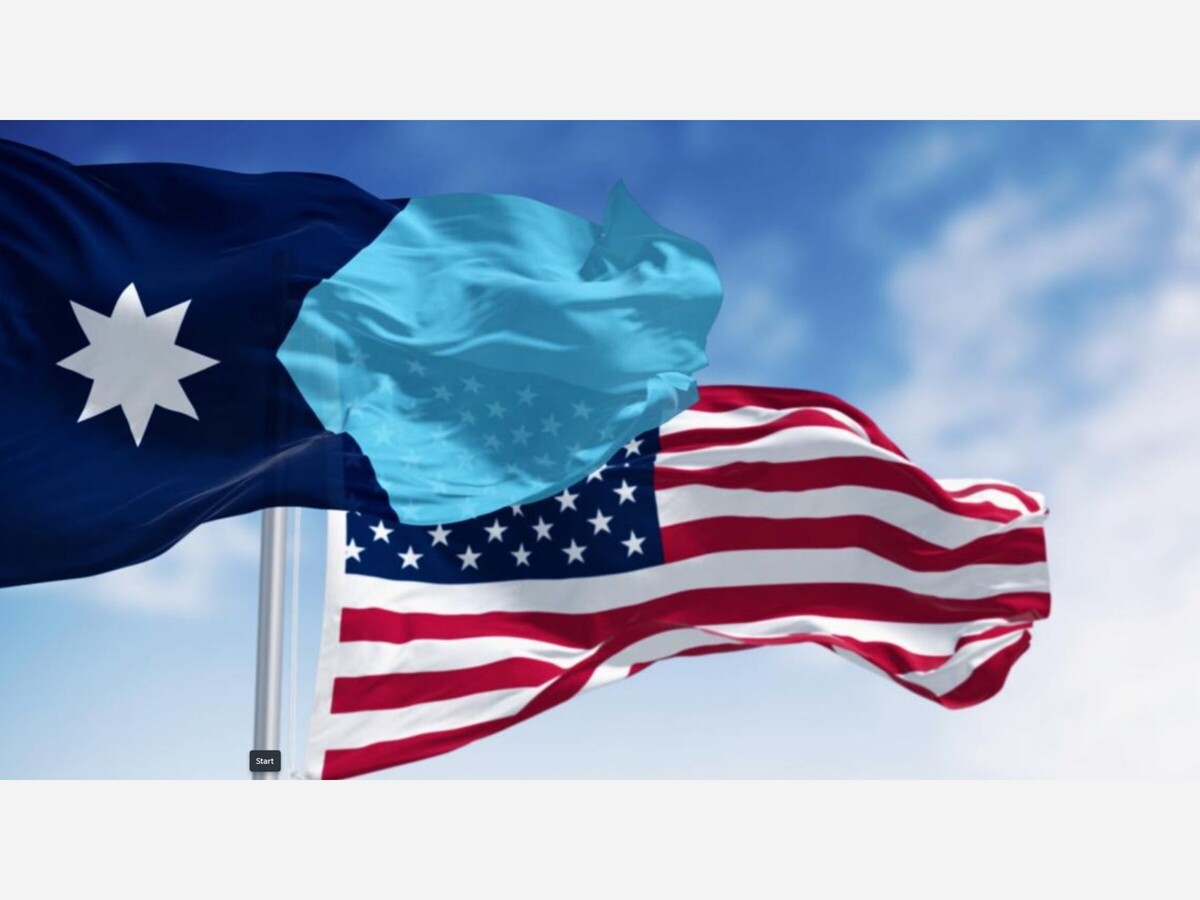Image


As the returns roll in on a tense election night, Minneapolis — a city whose name has become synonymous with the global fight for racial justice and equitable governance — once again finds itself under the world’s microscope. This mayoral race, like the city itself, stands at the intersection of progress and pain, testing whether promises of reform can become a durable reality.
From New York City’s stunning democratic-socialist victory under Zohran Mamdani to a wave of unpredictable state-level contests across the United States, the 2025 election season has already reshaped America’s political conversation. These results are more than distant headlines for Minneapolis voters; they are reflections of a shared reckoning — a mirror, a warning, and perhaps a map.
Across the country, voters delivered both affirmation and upheaval. In New York, Mamdani’s grassroots campaign converted moral energy into political power, demonstrating that bottom-up movements can overcome establishment machinery. His victory — celebrated by progressives and scrutinized by moderates — has already been read as proof that insurgent politics can thrive even in the nation’s largest urban centers.
Meanwhile in Minneapolis, the same story is unfolding one ranked-choice voting round at a time. The initial count placed incumbent Mayor Jacob Frey ahead of State Senator Omar Fateh, yet no candidate crossed the critical 50-percent threshold. The city’s ranked-choice system now pushes the contest into the instant-runoff process, where second- and third-choice ballots will determine who leads Minneapolis into its next era.
In a race defined by ideology, trust, and competing visions of justice, that process could transform the night’s early arithmetic. A lead at the top of the first count is no guarantee in a contest built on coalition and compromise.
For Minneapolis, this isn’t just another local election. It is a referendum on what kind of democracy the city — and by extension, America — intends to be. Since George Floyd’s murder in 2020, the city has carried both the burden and the responsibility of global symbolism. Every policy debate on housing, policing, and racial equity reverberates far beyond Minnesota.
This year’s campaign has centered on the most urgent crises facing American cities:
Frey’s critics — including members of the Minneapolis City Council and civil rights groups — argue that his administration’s record on police reform and encampment policies reflects incrementalism rather than transformation. The continued violence surrounding encampment clearings and the lingering distrust after the 2022 Amir Locke killing have made policing the race’s moral epicenter.
For his part, Omar Fateh, a state senator known for his progressive agenda, has built his campaign around economic justice, rent stabilization, and community-centered public safety. Yet his path has not been without turbulence: the Minnesota DFL’s unprecedented decision to revoke his mayoral endorsement earlier this fall both complicated his institutional access and galvanized his base.
Mamdani’s New York victory provides three instructive lessons for Minneapolis.
First, grassroots organization can triumph over establishment funding when volunteers and voters believe in shared ownership of a campaign.
Second, coalition-building across race, class, and neighborhood lines is crucial for transforming protest energy into governance.
Third, establishment resistance can backfire, turning underdogs into symbols of integrity and authenticity.
But nationwide results remind us that insurgency alone does not guarantee success. Progressive candidates succeeded in some cities and fell short in others. Minneapolis voters, like many across America, appear to crave both change and competence — a balance between moral clarity and managerial skill.
The mechanics of ranked-choice voting have amplified the suspense. In traditional systems, a narrow first-round lead often seals victory. But under Minneapolis’s rules, a broadly acceptable second-choice candidate — especially one with deep grassroots ties — can overtake a polarizing front-runner in later rounds.
As ballot reallocations continue, campaign headquarters across the city hum with tension. Progressive voters eliminated in early rounds hold the key to the final outcome. Their preferences may determine whether Minneapolis aligns with the insurgent wave seen in New York — or opts for continuity under Frey.
Globally, urban leaders from London to Lagos, Paris to Johannesburg are watching this race closely. Minneapolis, once the epicenter of a worldwide movement for racial justice, now stands as a litmus test of whether that movement can be institutionalized through policy.
The questions Minneapolis faces — how to ensure public safety without police violence, how to house the homeless without criminalizing poverty, and how to balance development with dignity — are universal. The world’s gaze tonight is not voyeuristic; it is hopeful, expectant, and deeply invested in the city’s ability to model progress through democracy.
No matter who wins, the next mayor’s first task is moral as much as managerial. A Frey victory will require rebuilding trust with skeptical residents who see his tenure as cautious and corporate. A Fateh victory will demand converting activist enthusiasm into practical governance that unites rather than divides.
Either outcome will define the city’s next decade:
Election nights are designed for drama. The numbers climb, fall, and refresh — but the deeper story is what comes next. The real test begins after the confetti falls: whether Minneapolis can bridge its divides and govern with empathy, evidence, and equity.
If New York’s progressives proved that change is possible, Minneapolis must now prove that it is sustainable. History will not judge this election by percentages, but by outcomes — whether the next mayor closes the wounds of a fractured city or merely governs in their shadow.
As dawn nears and the ranked-choice count continues, one truth remains: the world is watching. Minneapolis’s decision tonight will echo far beyond Hennepin Avenue — as both a mirror of democracy’s fragility and a map toward its renewal.